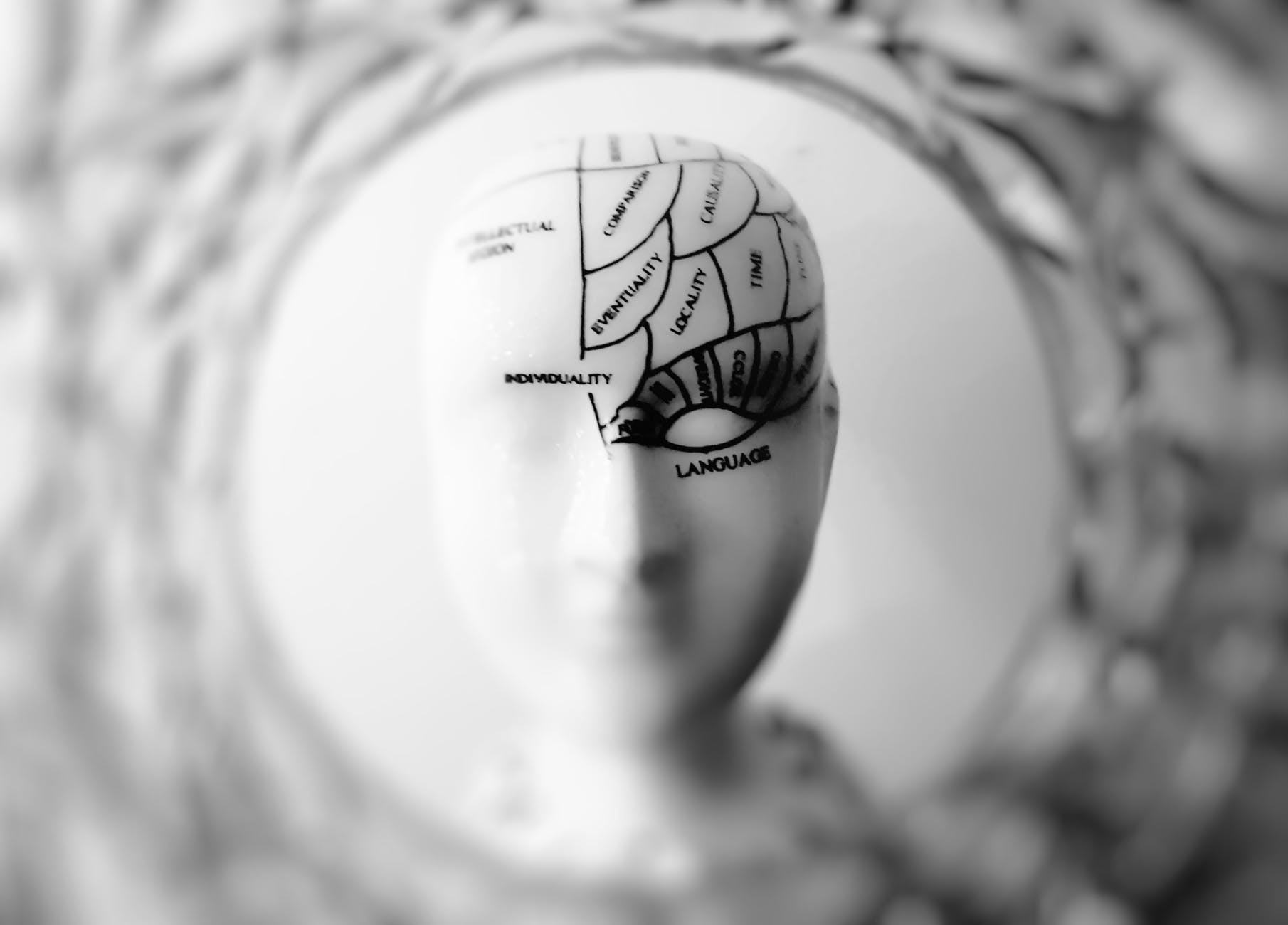Terry Doyle is a Professor Emeritus from Ferris State University and co-author with Todd Zakrajsek of The New Science of Learning, and Brendan Doyle is VP Learner Centered Teaching Consultants. They both presented at Lilly Conference online in May on “Preparing the Brain For Learning” and shared information they think we should be sharing with students. They both presented four steps or areas to prepare students for learning:
- Hydration
- Proper diet (glucose)
- Exercise
- Sleep
They began by talking about the importance of water for production of hormones and neurotransmitters. I did not know that humans lose so much water during sleep. Brendan Doyle explained how even mild dehydration has effects on mood, energy, and learning. Brendan recommended 650 ml (3 cups) of water right after waking up, although this may vary from person to person. Brendan also explained that water comes in different forms, including in fruits!
Proper diet is important because neurons cannot store glucose, explained Brendan. That’s why maintaining a glucose supply is critical. Interestingly, Brendan mentioned that high-sucrose diets affect production of the neurochemical brain-derived neurotrophic factor (BDNF). Without BDNF, Brendan explained, the brain has trouble forming new memories. “Eat before learning” was the message that Brendan emphasized, and that “contents and timing of meals may need to be coordinated.”
Terry Doyle then talked about his interest in sleep. Terry cited research that “adults need between 7 and 9 hours of sleep per night and teenagers need 9 to 10 hours of sleep a night.” Terry suggested talking to students about sleep cycles and the effects of sleep deprivation – even one day – on attention, memory, impulsivity, and even the immune system. Terry emphasized “the brain only makes memories for things that it is told are important.”During REM sleep, that “when the brain forms new understanding, solves problems, practices new motor skills and is most creative” said Terry. I was surprised to learn that Terry mentioned that the brain practices newly learned motor skills at sleep! I also didn’t know that the half life of caffeine was 5-7 hours! Terry talked about naps: 90 minutes is ideal, and 20 minutes can also refresh.
Brendan then discussed the importance of exercise by stating that “movement is really good for learning.” Even just moving around in the classroom helps! Brendan listed examples from neuroscience of how exercise increases focus and helps with learning. For example, exercise produces BDNF and decreases stress.
Terry stressed that the four rules for improving memory are:
- Repetition over time (distributive practice)
- Elaboration of material (“sing it, draw it, tell others about it… to create multiple memory pathways”)
- Wanting to remember (“the brain only keeps what we want it to keep”)
- Recall information from memory (“retrieve information from memory”)
The power of repetition was described by Terry by an example of a song we can’t forget. Citing sources, Terry then talked about why students forget: blocking (information can’t be accessed), misattribution (wrong situation or source), transience (they didn’t actually know it). Memory pathways are made from every sense, and Terry even mentioned using smells to enhance recall. Patterns make it easier to learn information, and therefore chunked and meaningful patterns are important. Terry mentioned that common patters for learning that should be used often are:
- Similarity and difference
- Cause and effect
- Comparison and contrast
- Students’ own words
I thought the last one wasn’t a “pattern” I had considered yet makes sense. Terry mentioned how powerful it is to ask students to put the information into their own words. He also mentioned that multitasking divides resources, and listening to music while studying can also be bad form learning and memory. That was a fun session with a lot of information! I also enjoyed the transitions between father and son and the fun examples. While some of the information I had heard before, I now know repetition helps! Importantly, the message from the Doyles is clear: this research is powerful and should be shared with students in the courses we teach. I wonder what is the best way to do this?



